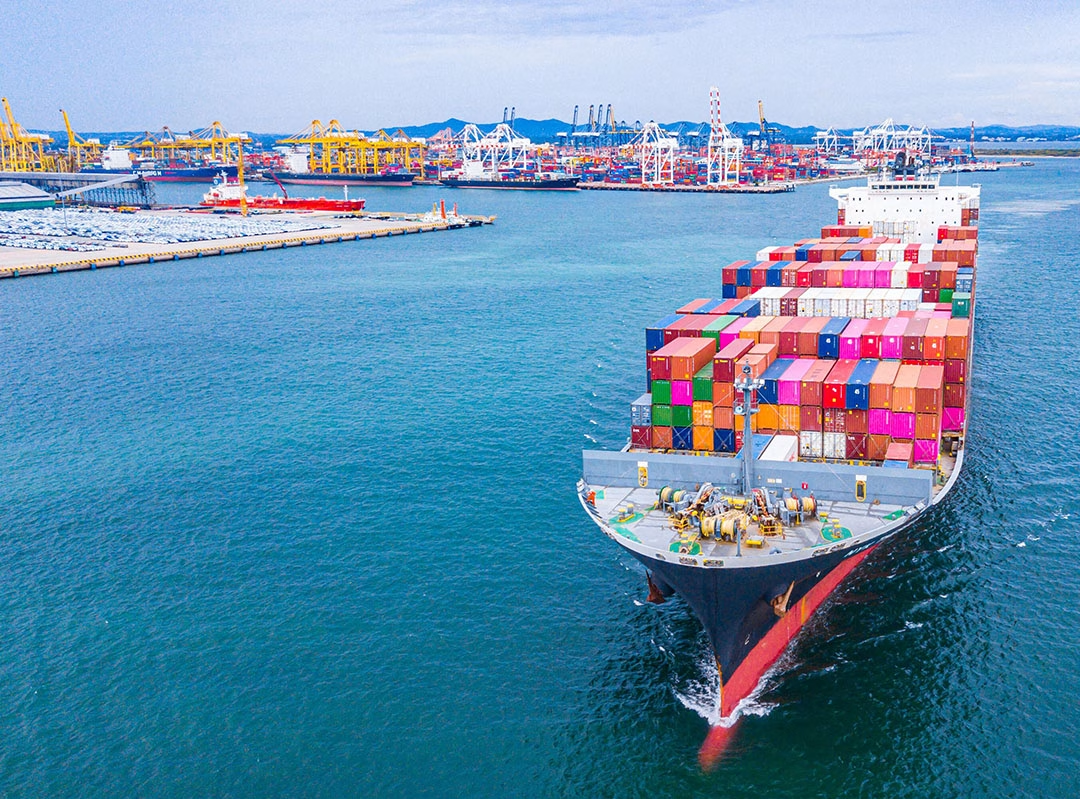Learn why Southeast Asia is buying less dairy from the U.S. despite economic growth. Is it due to a stronger dollar and no trade deals? Find out more.

Despite robust economic development, U.S. dairy exports to Southeast Asia have unexpectedly decreased. In the first five months of 2024, exports to the Philippines, Indonesia, Vietnam, Malaysia, Thailand, and Singapore declined 5%, reaching 440.7 million pounds, compared to the same time in 2023. This is the lowest export volume to the area since 2019, with significant reductions in nonfat dry milk and lactose exports. This decrease is surprising considering the region’s outstanding economic development, such as Vietnam’s 6.4% GDP spike in the first half of 2024 and the Philippines’ 5.7% GDP gain in Q1. Thailand, Malaysia, Indonesia, and Singapore all saw substantial increases.
| Country | NDM Exports (2023) in pounds | NDM Exports (2024) in pounds | Lactose Exports (2023) in pounds | Lactose Exports (2024) in pounds |
|---|---|---|---|---|
| Philippines | 50,000,000 | 46,000,000 | 16,000,000 | 13,500,000 |
| Indonesia | 40,000,000 | 37,000,000 | 18,000,000 | 15,200,000 |
| Vietnam | 30,000,000 | 27,500,000 | 14,000,000 | 11,500,000 |
| Malaysia | 25,000,000 | 23,000,000 | 12,000,000 | 10,000,000 |
| Thailand | 20,000,000 | 18,000,000 | 10,800,000 | 9,000,000 |
| Singapore | 10,000,000 | 9,700,000 | 9,500,000 | 8,600,000 |
The Staggering Decline of U.S. Nonfat Dry Milk Exports to Southeast Asia
The decrease in nonfat dry milk (NDM) and skim milk powder shipments to Southeast Asia is notable. USDA figures reveal an 8% decrease to 211.2 million pounds in the first five months of 2024 compared to the same time in 2023. This drop is part of a long-term pattern, with US NDM exports being flat since 2020. According to Betty Berning, an analyst with the Daily Dairy Report, the fall is partly due to losing market share. “New Zealand has ramped up its annual shipments to Southeast Asia in 2022 and 2023,” Berning says. Despite heightened competition, overall sales from the top 15 worldwide exporters have dropped since 2020, indicating more significant market issues for U.S. exporters.
Concurrently, U.S. Lactose Exports to Southeast Asia Face a Significant Downturn
Concurrently, U.S. lactose shipments to Southeast Asia have dropped significantly. From January to May 2024, shipments plummeted by more than 16%, reaching barely 72.8 million pounds. This reduction compares sharply with the same time in 2023, illustrating more significant issues in the United States dairy export markets. Year-over-year sales figures for 2023 reflect a similar pattern, highlighting the persistent challenges for American lactose exporters in these expanding regions.
The Economic Boom Amidst Dwindling Dairy Imports: A Southeast Asian Paradox
The surprising drop in U.S. dairy exports contrasts strongly with Southeast Asia’s economic development. Vietnam’s GDP increased by 6.4% in the first half of 2024, Thailand’s by 1.5% in the first quarter, and the Philippines’ by 5.7% over the same period. Despite this growth, the demand for dairy has yet to follow up. A greater GDP indicates more consumer spending, which frequently boosts milk imports. However, this has not occurred in Southeast Asia, providing a challenge for U.S. exporters looking to restore market dominance.
The Currency Conundrum: How a Stronger U.S. Dollar Impacts Dairy Trade with Southeast Asia
A rising U.S. dollar influences global commerce by affecting importing countries’ buying power. When the dollar rises, products priced in dollars become more costly for customers with weaker currencies. This dynamic is essential for the dairy industry. A rising dollar diminishes buying power in expanding Southeast Asian countries, raising the cost of U.S. dairy goods. Importers must pay more local currency for the same items, making U.S. dairy exports such as nonfat dry milk and lactose less desirable than cheaper alternatives.
New Zealand, a significant player in the global dairy industry, benefits from free-trade agreements with numerous Southeast Asian nations, which reduce tariffs and prices. In contrast, the United States needs such accords, leaving its goods at a price disadvantage compounded by the strong currency. This competitive advantage makes New Zealand dairy products more enticing to budget-conscious importers. Unless U.S. exporters can provide cheaper pricing or achieve new trade agreements, recovering market share in Southeast Asia would be tough.
A Price Too High: How U.S. Dairy’s Premium Costs Are Hindering Exports to Southeast Asia
Pricing strategy is another significant barrier to U.S. dairy exports to Southeast Asia. Since January 2023, U.S. dairy goods have often been priced more than overseas rivals. This pricing disparity has hindered Southeast Asian importers, who value cost-effectiveness, from purchasing American items. Even when U.S. prices were reduced, the reductions were insufficient to change purchase patterns. The absence of convincing pricing benefits makes it difficult for U.S. exporters to regain market dominance.
The Bottom Line
The decline in U.S. dairy exports to Southeast Asia is undoubtedly due to several interrelated reasons. The most urgent are:
- The loss of market share to New Zealand
- The negative impact of a higher U.S. currency on buying power
- The uncompetitive pricing of U.S. dairy goods
Despite substantial economic expansion in Southeast Asia, these factors have significantly dropped demand for American dairy exports. The lack of free-trade agreements exacerbates the problem, making U.S. goods less appealing than those from rivals like New Zealand. As a result, unless the United States can change its pricing approach to provide much reduced prices, the route to regaining its prior export quantities remains difficult.
Key Takeaways:
- For the first five months of 2024, U.S. dairy exports to Southeast Asia decreased by 5%, marking the lowest level since 2019.
- U.S. nonfat dry milk (NDM) and skim milk powder exports fell 8% compared to the first five months of 2023.
- U.S. lactose exports to Southeast Asia dropped by over 16% in the January to May period of 2024.
- Economic growth in the region has not resulted in increased U.S. dairy imports, contradicting typical market expectations.
- The stronger U.S. dollar has eroded purchasing power in Southeast Asian countries, making U.S. dairy products less competitive.
- The lack of free-trade agreements and high U.S. dairy prices relative to global competitors have also contributed to the decline in exports.
Summary:
U.S. dairy exports to Southeast Asia have fallen significantly in the first five months of 2024, reaching 440.7 million pounds, the lowest volume since 2019. This decline is despite the region’s economic growth, such as Vietnam’s 6.4% GDP spike and the Philippines’ 5.7% GDP gain in Q1. The decline in nonfat dry milk (NDM) and skim milk powder shipments is notable, with USDA figures showing an 8% decrease to 211.2 million pounds in the first five months of 2024 compared to 2023. The fall is partly due to losing market share, as New Zealand has increased its annual shipments to Southeast Asia in 2022 and 2023. A stronger U.S. dollar impacts dairy trade with Southeast Asia by affecting importing countries’ buying power and raising the cost of U.S. dairy goods.












